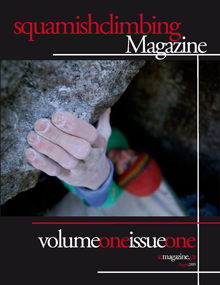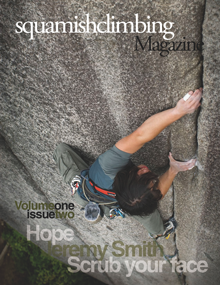We are please to have local physiotherapist William Bateman as a guest contributor for this training article.
In my previous posts, I spent a lot of time talking about how to integrate core stabilizers into exercises many climbers are already doing: the dead-hang, the pull-up and the push-up. Many of the muscles we emphasized work to lift your legs to the next hold or maintain tension in your body if your feet come off the wall. We commonly refer to this group of muscles as the anterior chain.
I would say that most climbers resort to training the anterior chain when they decide to train core stability. The plank, V-sits, sit-ups, push-ups, mountain climbers, russian twist, and crunches are all exercises that emphasize the anterior chain. We tend to forget about the posterior chain, which is a group of muscles on the back side of our body. They start in the back of our neck and run all the way down to the calf, and play a major role in climbing.
To help clarify, think of a climber who is hanging by her hands on overhanging terrain trying to get her feet on the wall. As she reaches for a foothold, her anterior chain will work to bring her foot there. The moment she gets an edge on a foothold is the moment her calf will push into the hold, her hamstring will pull her knee towards the wall, and her glutes and low back will drive her pelvis closer to the wall. All of these muscles work together to keep her foot on the wall. This is her posterior chain working. It is also the major driving force behind heel hooking and rocking over a foot.
Our success on the wall depends a great deal on how strong our posterior chain is. Many of us fail to include it in our training programs, and I frequently treat injuries as a result. Ever hear of the “Squamish knee”, how about a disc bulge?
Check out the video below to get an idea of how you can start training posterior chain stability with the bridge exercise.
Special thanks to Will for the video and tips! Will is a Physiotherapist practicing out of the Ground Up Climbing Centre and Squamish Integrated Health. You can see more of his videos here or visit his website at www.ProjectPhysio.com












